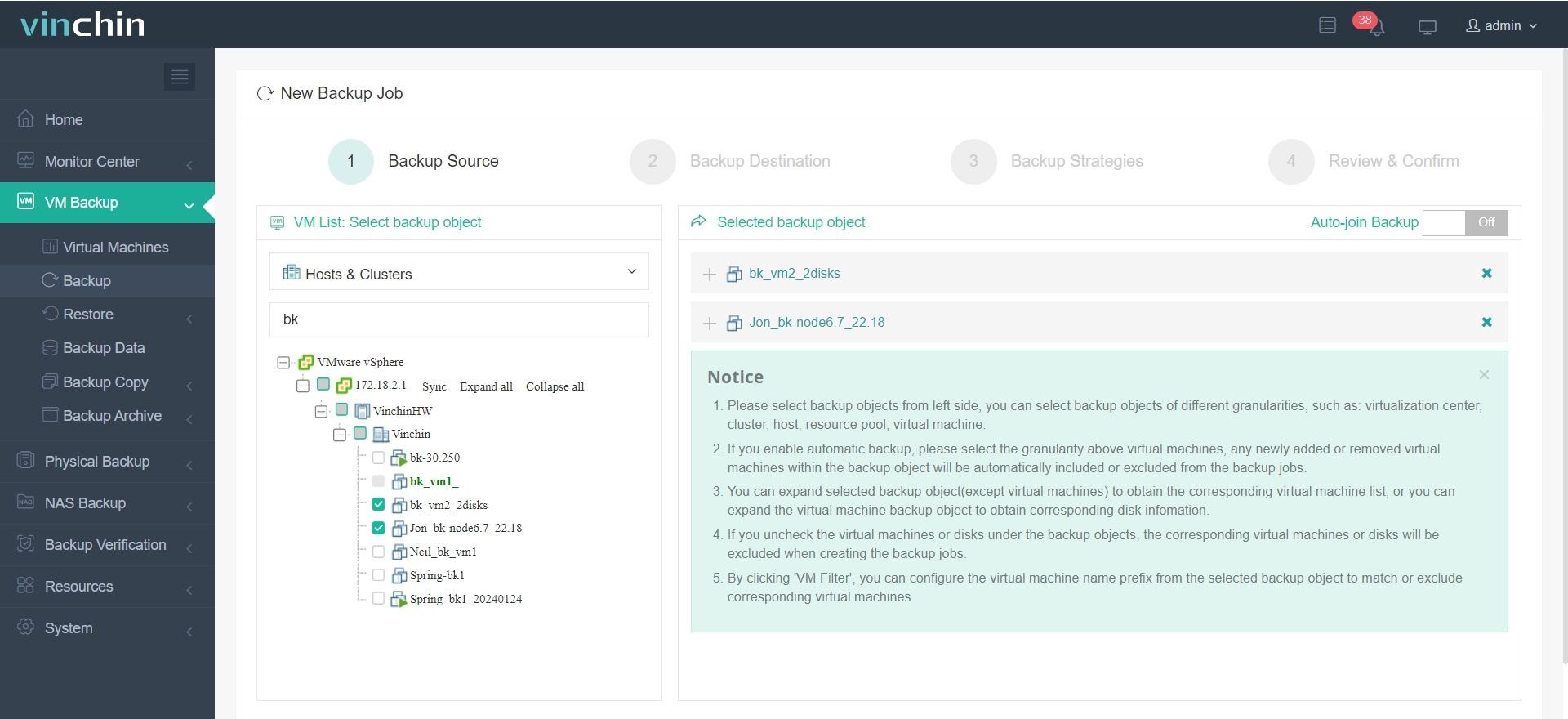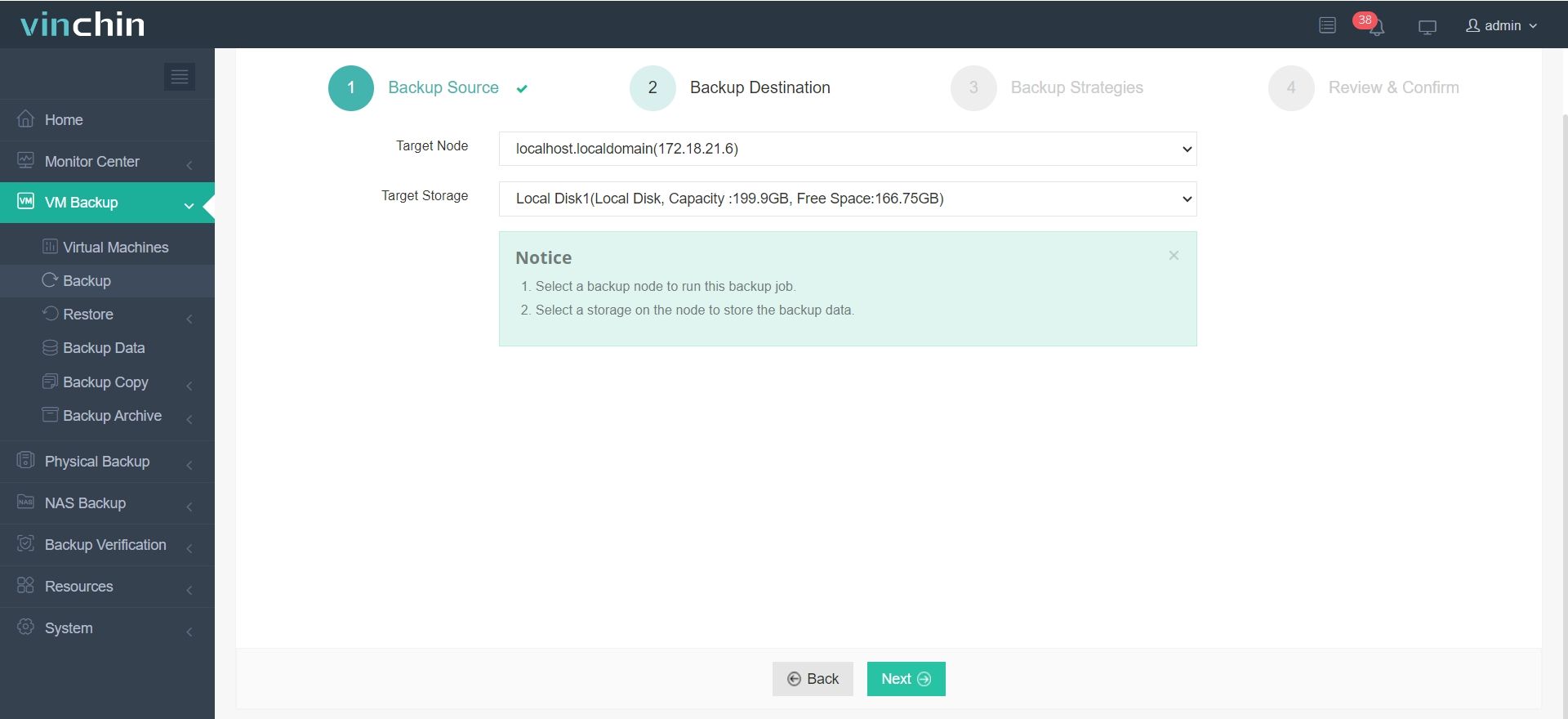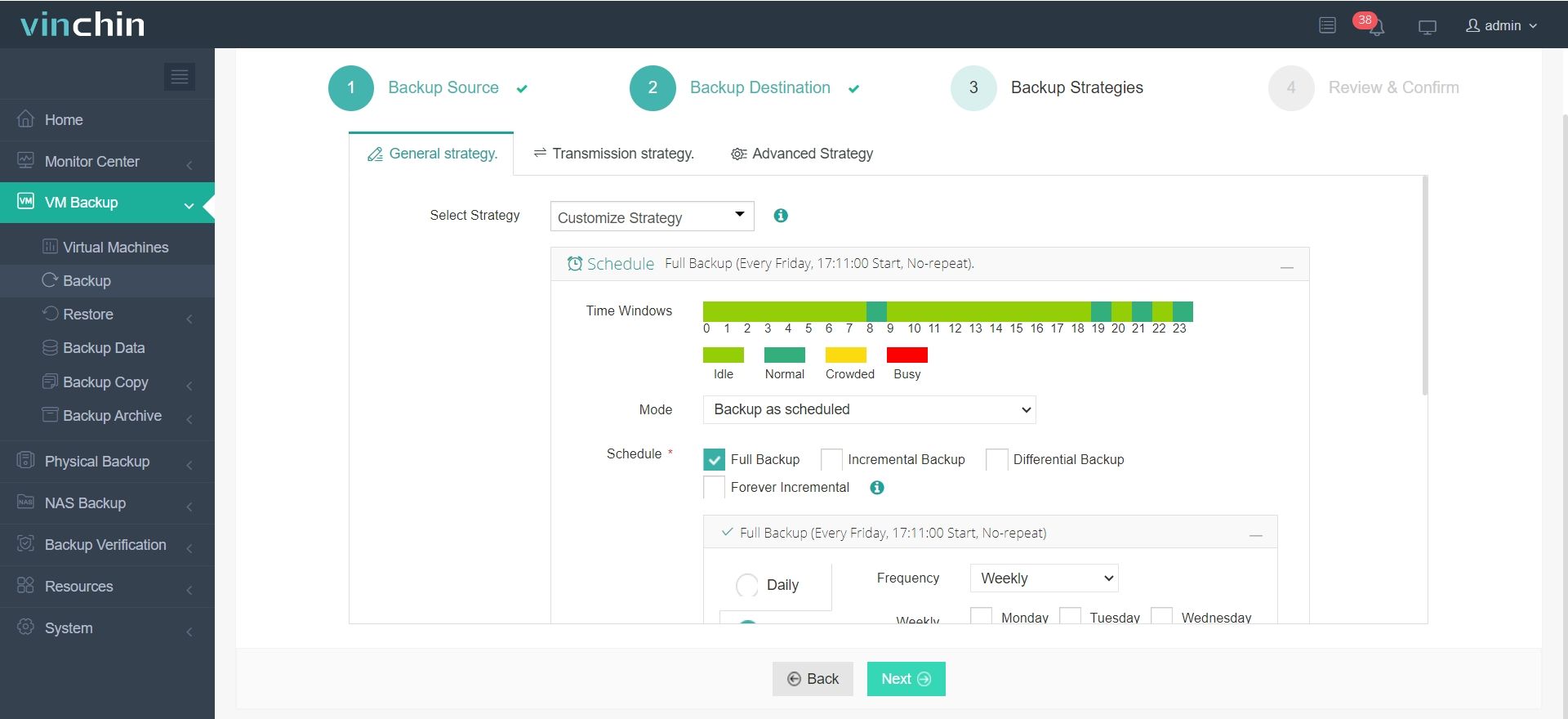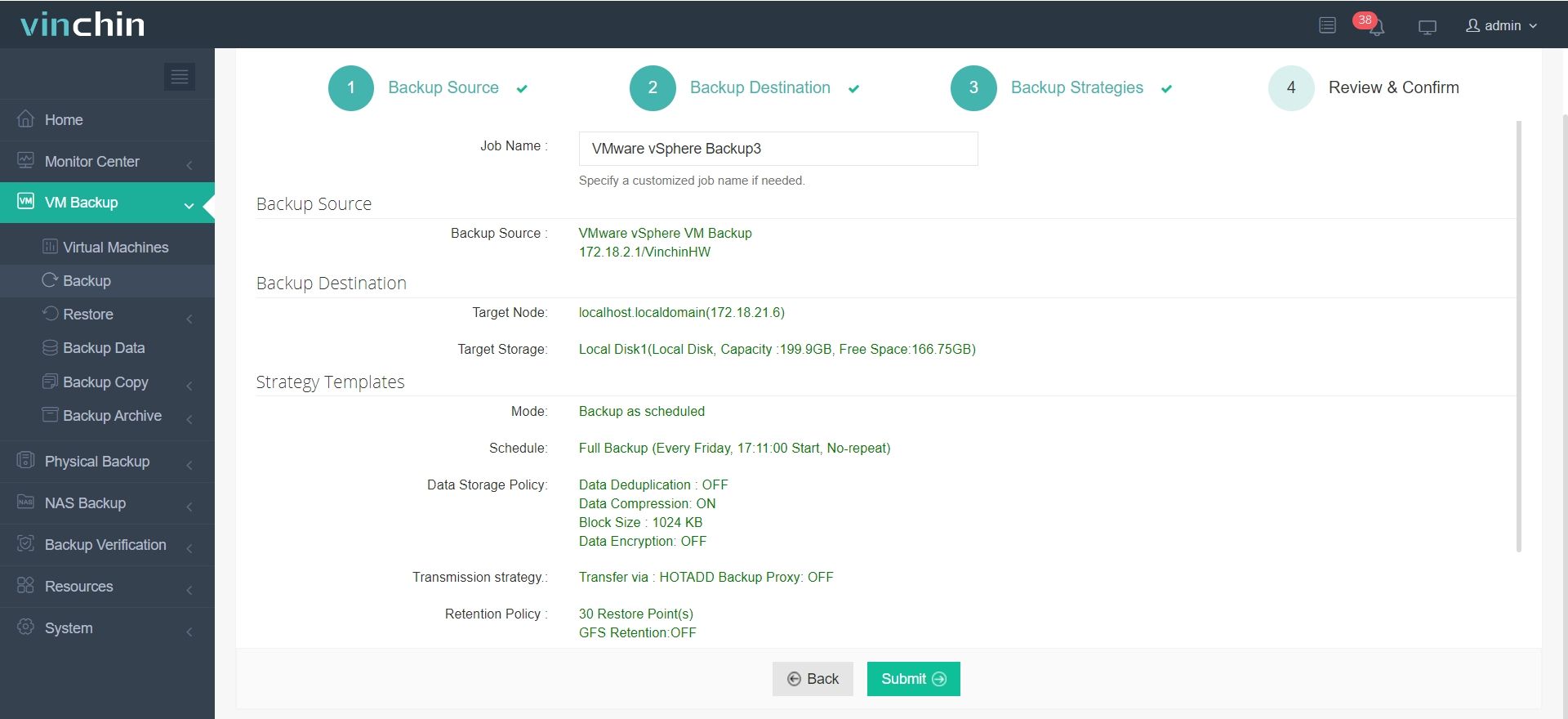-
What is vSAN?
-
How to backup VMware VM in vSAN with Vinchin Backup & Recovery?
-
vSAN Backup FAQs
-
Summary
In the marketing of server virtualization, VMware is the undisputed leader. It’s enterprise server virtualization solution, vSphere is considered one of the best solutions for business. Although it has lost many small businesses customers due to the changed license policy, it remains the top choice for large enterprise because its outstanding features and stable performance is unmatched.
vSan is an important feature integrated with vSphere to facilitate effortless scale-up and in this post you will know better about vSAN and how to backup it.
What is vSAN?
vSAN is the software-defined storage solution provided by VMware, usually integrated with vSphere because It is a scalable distributed storage architecture developed based on the vSphere core. By installing falsh and hard drives in the vSphere cluster hosts, it constructs to the storage to store data like virtual disks and VM configuration files. These devices are controlled and managed by vSAN and forms a unified shared storage layer for vSphere cluster.
With vSAN, storage devices under the host like SSD will be aggregated to create a single shared datastore across the entire vSphere to store VM data. It is widely considered to accommodate for change in the data center because you can easily grow the storage when the new hosts are brought in.
You can use vSAN in both new and existing vSphere clusters, as long there are enough disk slots and supported storage controllers on the hosts. It is easy to manage and supports various types of workloads.
vSAN is similar to VLANs in Ethernet because each vSAN has its fabric service. Devices within the same vSAN can communicate with eacho ther, but devices with different vSAN cannot communicate. Each switch can support up to 256 vSANs. vAN 1 is the default vSAN, and vSAN 4094 is the isolated vSAN. The available vSAN IDs for users range from 2 to 4093. All switch ports are by default in vSAN 1. When a port is removed from user-defined vSAN, it will be automatically assigned to vSAN 4094, where all the devices are disabled.
Requirements:
vSAN License
Minimum 1GE (for hybrid configuration) or 10GE (for all flash configuration) physical adapter
Each host need a vSAN VMKernel Adapter
Configuration:
To configure VMware vSAN, you need to enable vSAN on the cludster > add ESXi hosts to the cluster > configure VMKernel Adapters on ESXi hosts
Advantages of vSAN:
Flexible Configuration: vSAN provides a simplified recommended configuration, allowing you to choose between minimum and maximum settings based on needs to achieve the optimal capacity/performance ratio.
Hardware Compatibility: Users can refer to the vSAN hardware compatibility guide to configure or purchase various setup for vSAN.
Disadvantages of vSAN:
Potential Risks: Although vSAN offers flexibility, companies loses some of the predictability required to guarantee performance. Customizing the flash ratio or hard drive types in vSAN also introduces certain potential risks.
Performance Problems: For each controller, vSAN provides default and recommended queue lengths but these reference values may lead to certain issue. Also, vSAN requires adjustments to other configurations or it may cause severe performance problems.
Since vSAN is considered as the datastore in vCenter, storing all the data of production virtual machines, when you plan to backup VMware virtual machines, you should find the the solution which is compatible with vSAN.
How to backup VMware VM in vSAN with Vinchin Backup & Recovery?
Vinchin Backup & Recovery is a professional VM backup and disaster recovery solution which is compatible with VMware vSAN 8.0 OSA/ 7.0/6.x. You just need to add the vCenter to this backup system, and then the VMs managed by this vCenter will be automatically detected.
Getting started with Vinchin is easy with its user-friendly web console. The intuitive interface will guide you to finish the configuration and create backup and restore jobs step by step.
There are a lot of useful strategies to maximize the performance of the backup system and meet your data protection requirements. It supports acceleration technologies like LAN-free, CBT, and HOTADD to let you quickly complete the backup and restore jobs.
Disaster recovery will also become easy with Vinchin. To facilitate quick VM restore, you can directly restore VM from its backup in 15 seconds, greatly reducing RTO; large enterprises often need offsite backup, and Vinchin allows you to create the jobs to automatically copy the local backup a remote site or archive backup to public cloud like AWS and Azure; if you worry about the usability of the VM backup, you can create a verification job to automatically verify the backup data.
To work in large environments and accommodate to growing workloads, Vinchin allows you to easily add backup nodes to support more workloads but still manage them via a centralized console.
Let's see how easy it is to backup ESXi VMs:
1. Select the VMs to backup

2. Select the backup storage

3. Select the backup strategies

4. Submit the job

Vinchin has gained trust from thousands of clients around the world and you can also start a 60-day full-featured free trial to experience its features. Just click the button to get the installation package and get started in minutes.
vSAN Backup FAQs
1. Why is it important to backup vSAN?
vSAN stores critical data for VMware virtual machine so backing up vSAN is very wise to have chance to retrieve precious data in virtual machines.
2. Can you backup vSAN using native VMware Tools?
Yes. You can backup VMs stored in vSAN with snapshots. If you are familiar with its API, VADP, you can also write a program to backup the VMs. However, it is suggested to choose a professional solution like Vinchin to better protect the production workloads.
3. Can you restore individual files from a vSAN backup?
Yes. Vinchin Backup & Recovery supports file-level recovery to allow you to extract files from VM backup.
Summary
vSAN offers a cheap and flexible storage solution for vSphere environment, making users easily accommodate to growing production environment. To protect the virtual machines stored in vSAN, you can use a professional solution like Vinchin Backup & Recovery to easily backup VMs stored in vSAN and also scale the backup resources to handle growing data. Don’t miss the free trial.
Share on:





